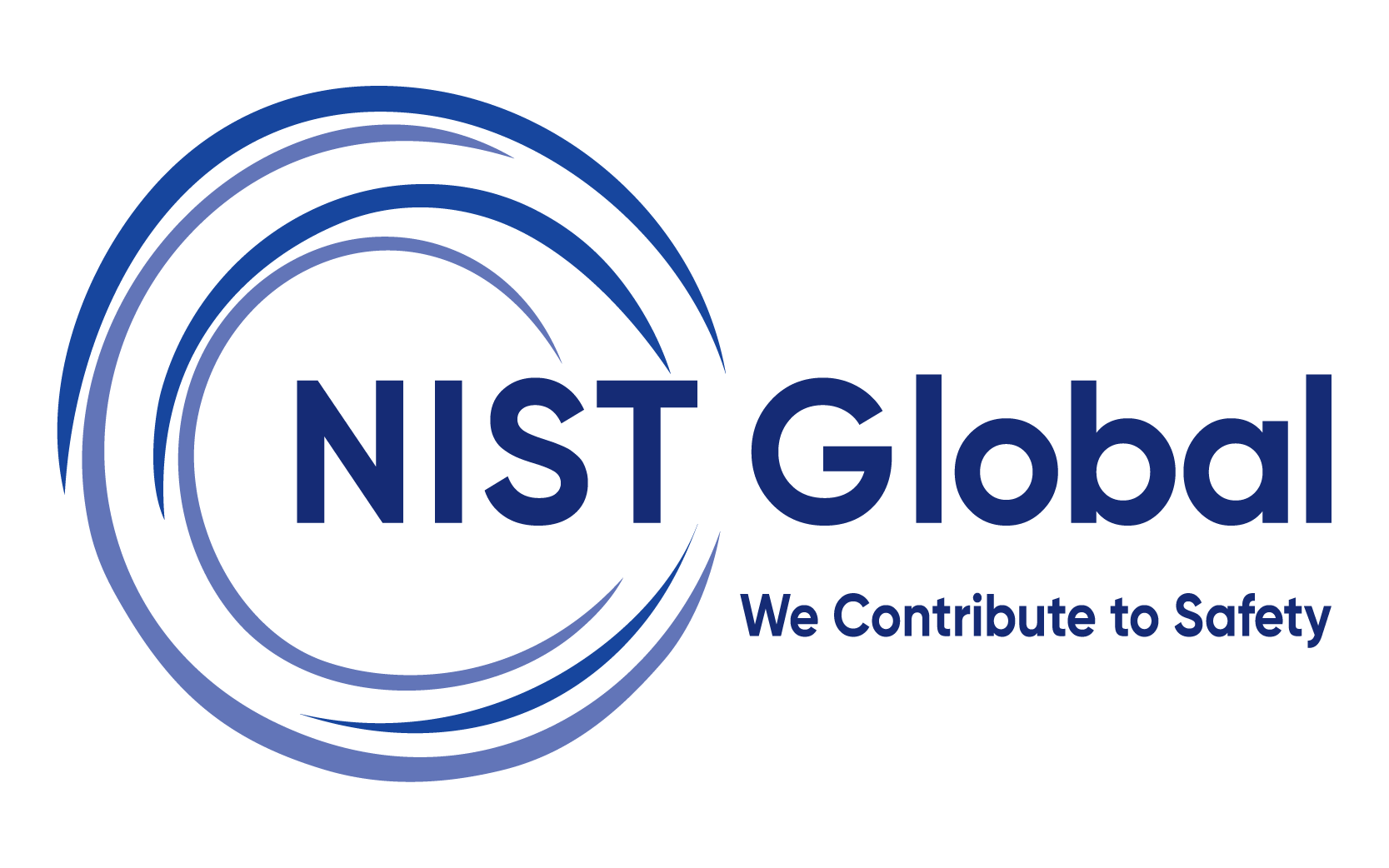Job Safety Analysis
Hazards at workplace remain significant occupational health and safety issue across all industries. There could be risk either personal or collective, if not addressed in time could yield in major mishap. Furthermore, if workers lack skills to identify hazards, it multiplies up the risk quotient. This can be tackled through training the workers on hazard identification and risk assessment (HIRA) techniques to create a safe place, plant, equipment and most importantly a safe person.

-
Duration13 Days
-
Training ModeOnline
-
InstitutionNIST
-
SubjectJob Safety Analysis
-
LevelIntermediate
-
LanguageEnglish
-
PrerequisitesNone
-
For queries, & Assistance
Introduction:
The Job Safety Analysis (JSA) program is designed to provide information on establishing an effective assessment of procedure to identify and eliminate hazards. A Job Safety Analysis is one of the risk assessment tools used to identify and control workplace hazards. It is a second tier risk assessment with the aim of preventing personal injury to a person, or their colleagues, and any other person passing or working adjacent, above or below. JSAs are also known as Activity Hazard Analysis (AHA), Job Hazard Analysis (JHA) and Task Hazard Analysis (THA).
Learning Outcomes of Job Safety Analysis training
By the end of the JSA course a worker would be familiar with:
- Understanding JSA and when to do it.
- JSA terminology.
- Understanding JSA's relation to continuous improvement in your organization.
- Identify the key requirements for a successful JSA.
- Recognize the hazards inherent in task performance.
- Develop appropriate solutions and hazards controls.
- Safety management System.
The Training sessions would be as per best practices in industry, using both audio visual and group exercises.
Who can take the Job Safety Analysis training?
This course is for anyone involved in operations and maintenance that needs to know how to perform JSAs of new or existing tasks which includes process managers and supervisors, safety officers, safety managers, loss prevention officers.
Benefits of Job Safety Analysis training
Training helps to learn the basics of performing a Job Safety Analysis (JSA), which is a proven process for controlling operating hazards and costs. One gets a step-by-step overview of the process, and also defines your role in making it effective. JSA is to identify workplace hazards with a 'Likelihood' of possible or greater. Controls are then selected and applied to reduce the risk associated with the identified hazards to acceptable levels in accordance with the principles of 'ALARP' and using the 'Hierarchy of Control'.
Better work processes make a safer workplace and that means improved production and higher profits.
